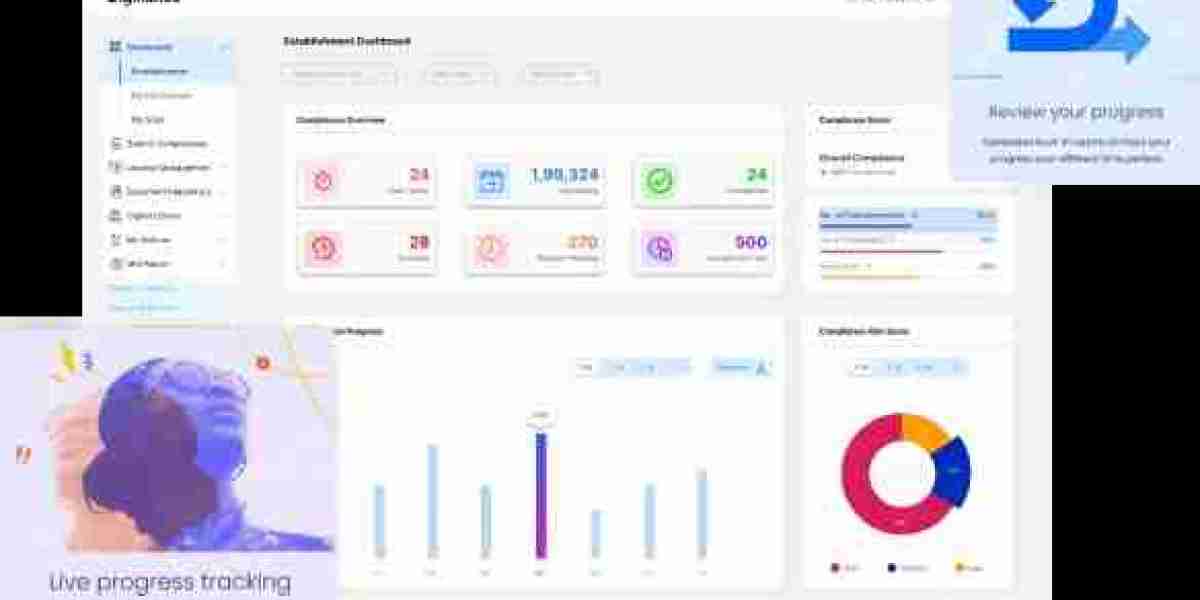Navigating India’s New Labour Codes: What You Need to Know
The Indian government’s New Labour Codes are set to revolutionize the working environment. Designed to simplify outdated regulations and ensure fairness, these codes affect everything from your salary structure to working hours. Let’s break down what these changes mean for you and how you can stay prepared!
An Overview of the New Labour Codes
The four new labour codes replace 29 older laws, aiming to create a unified framework for employee welfare and business compliance:
Code on Wages: Focuses on minimum wages, payment timelines, and bonuses.
Industrial Relations Code: Covers employment contracts, layoffs, and trade union regulations.
Social Security Code: Extends PF, insurance, and gratuity to all workers, including gig and platform workers.
Occupational Safety, Health, and Working Conditions Code: Ensures safe working conditions, welfare facilities, and regulated working hours.
What’s Changing: Key Highlights
The changes affect both employers and employees, reshaping how businesses operate and how workers benefit:
Salary Breakdown: Basic salary must now comprise 50% of the total compensation package.
Overtime and Working Hours: Flexible workweeks with up to 48 working hours and options for 4-day workweeks.
Universal Social Security: Gig workers, freelancers, and fixed-term employees now enjoy PF and insurance benefits.
Gratuity Expansion: Fixed-term employees are eligible for gratuity, even for shorter tenures.
How Will Your Salary Be Affected?
With salary restructuring at the core of the changes, here’s how your compensation will evolve:
1. Basic Salary Recalibration:
Must constitute at least 50% of the CTC.
Impact: Lower monthly take-home, higher long-term savings.
2. Increased Provident Fund:
Higher PF contributions from both employees and employers.
Impact: Stronger retirement benefits.
3. Gratuity and Leave Encashment:
Applicable to fixed-term contracts.
Impact: Fair compensation, even for short-term roles.
New Standards for Working Hours and Leaves
The reforms also address work-life balance and occupational safety:
1. Flexible Work Schedules:
Companies can offer a 4-day workweek with longer shifts.
Impact: More time off, balanced by longer workdays.
2. Annual Leave Entitlements:
Standardized across industries.
Impact: Clearer and fairer leave policies.
3. Health and Safety Mandates:
Legal obligations for safer workplaces.
Impact: A healthier and more secure work environment.
Practical Examples: What Do These Changes Mean for You?
To help you understand the real-world impact, here are some scenarios:
Scenario 1: Full-Time Employee
Before: Higher take-home pay, lower retirement savings.
After: Lower take-home, higher PF, and enhanced gratuity.
Scenario 2: Gig Economy Worker
Before: No access to PF or social security.
After: Formal benefits like health insurance and retirement savings.
Scenario 3: Fixed-Term Contract Employee
Before: Uncertain job security and no gratuity.
After: Guaranteed gratuity and social security benefits.
How to Stay Prepared for the Transition
Preparation is the key to adapting smoothly to these new regulations. Here’s how you can get ready:
Communicate with Your Employer:
Learn how your salary structure and deductions will change.
Confirm your eligibility for new social security benefits.
Adjust Your Financial Plan:
Plan for a lower monthly take-home salary.
Prioritize savings and emergency funds.
Stay Informed and Proactive:
Follow labour ministry updates and attend relevant webinars.
Engage with industry networks to understand best practices.
Ensure Compliance (For Business Owners):
Update payroll software to reflect the new codes.
Leverage compliance tools to simplify the transition process.
Embracing the New Era of Work
The New Labour Codes are more than just a regulatory change—they represent a shift toward fairness, transparency, and enhanced employee welfare. Though the adjustments may require some initial financial planning, the long-term advantages of stronger savings, social security, and safer working conditions are undeniable.
By staying informed and proactive, you’ll be ready to navigate this new chapter with confidence and optimism. So, are you prepared to make the most of these changes?







